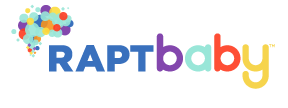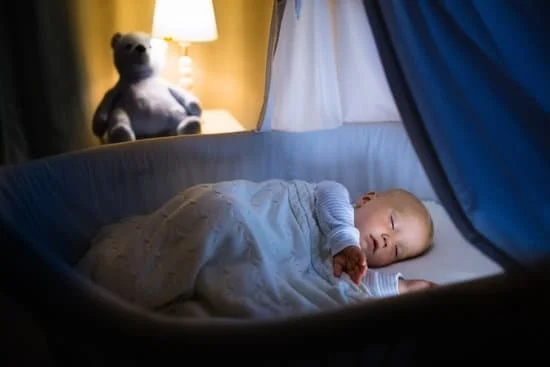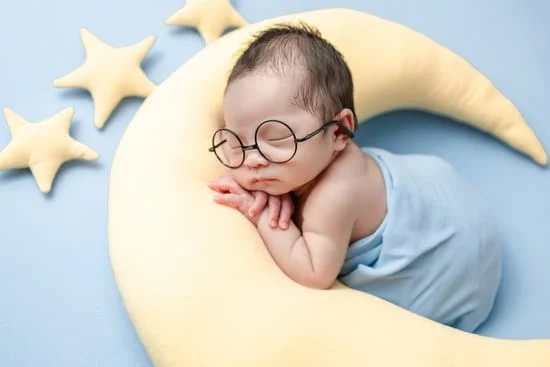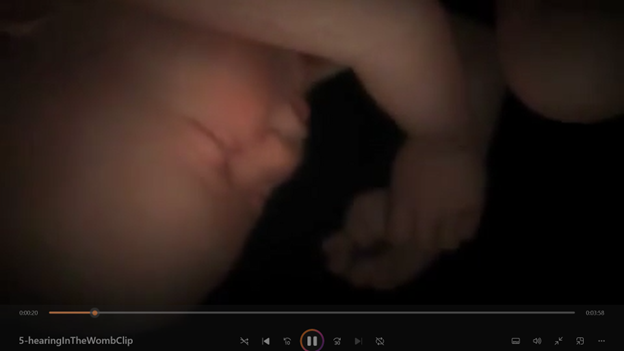
JULY 2024
Neuroscience in the Nursery
In addition to our newsletter, we provide information that we hope is useful to parents (current, past and potential!) on our raptbaby.com blog page as well on our Instagram and Facebook pages. In these posts, we try and address topics where we feel a neuroscience-based perspective can add value – whether to myth-bust, highlight interesting new research, or weigh in on a debate.
These are all pretty short takes but where it makes sense we also link to additional info for readers who want to take a deeper dive into a subject. If you haven’t already seen these, we’ve provided a sampling below. Also, if there’s anything YOU would like us to address – advice you’ve gotten that you’re just not sure about . . . some popular wisdom you want to be sure is really wisdom . . . please send your questions our way and we’ll do our best to respond.
Should Babies Have Nightlights?
Not according to the Academy of Sleep Sciences! A 2018 article in the Journal of Clinical Sleep Medicine, the official publication of the Academy of Sleep Sciences, recommended that babies should receive “essentially no light exposure at night.” Let’s break down why this might be.
What’s Critical About a Critical Period?
A substantial amount of brain development occurs in response to outside stimuli.
At birth, the infant brain is stocked with billions and billions of neurons, but the connections among those neurons that form the foundation of lifelong cognitive and physical processes are developed largely after birth.
In fact, although genes are the primary determinant of the prenatal structure of the brain, postnatally, it is primarily the babies’ “experience” with the environment that creates the neuronal connections that will make up their brain’s many networks and systems. This propensity of the brain to develop, change, and adapt in response to external stimuli is called plasticity.
Womb Sounds – What the Baby Hears
Breaking news: it’s not white noise . . . not at all!
At around 18 weeks, the unborn baby starts to hear, and these first audio experiences will be sounds of the body, like the swoosh of amniotic fluid or the maternal heartbeat. As babies enter their 6th and 7th months, the auditory world expands to sounds from beyond the womb – voice and music, or loud noises – creating a rich and variable mix of internal and external stimuli that are already beginning to set the stage for the establishment of language networks in the brain.
RAPTbaby Recommendation: AFAR Magazine
AFAR Magazine makes you realize how beautiful a print publication can be. It’s true that much of the travel it profiles is a little on the expensive side but the quality of the photography and writing make the reading a worthy experience all by itself. Plus, AFAR provides tons of really well-researched practical family travel tips; whether you’re a family that travels at the drop of the hat or are looking for ideas on how to make that once in a lifetime trip really special, AFAR will have something for you. There’s also a tremendous amount of great content accessible for free on the AFAR website (but please don’t forget the magazine; it’s a real jewel).




